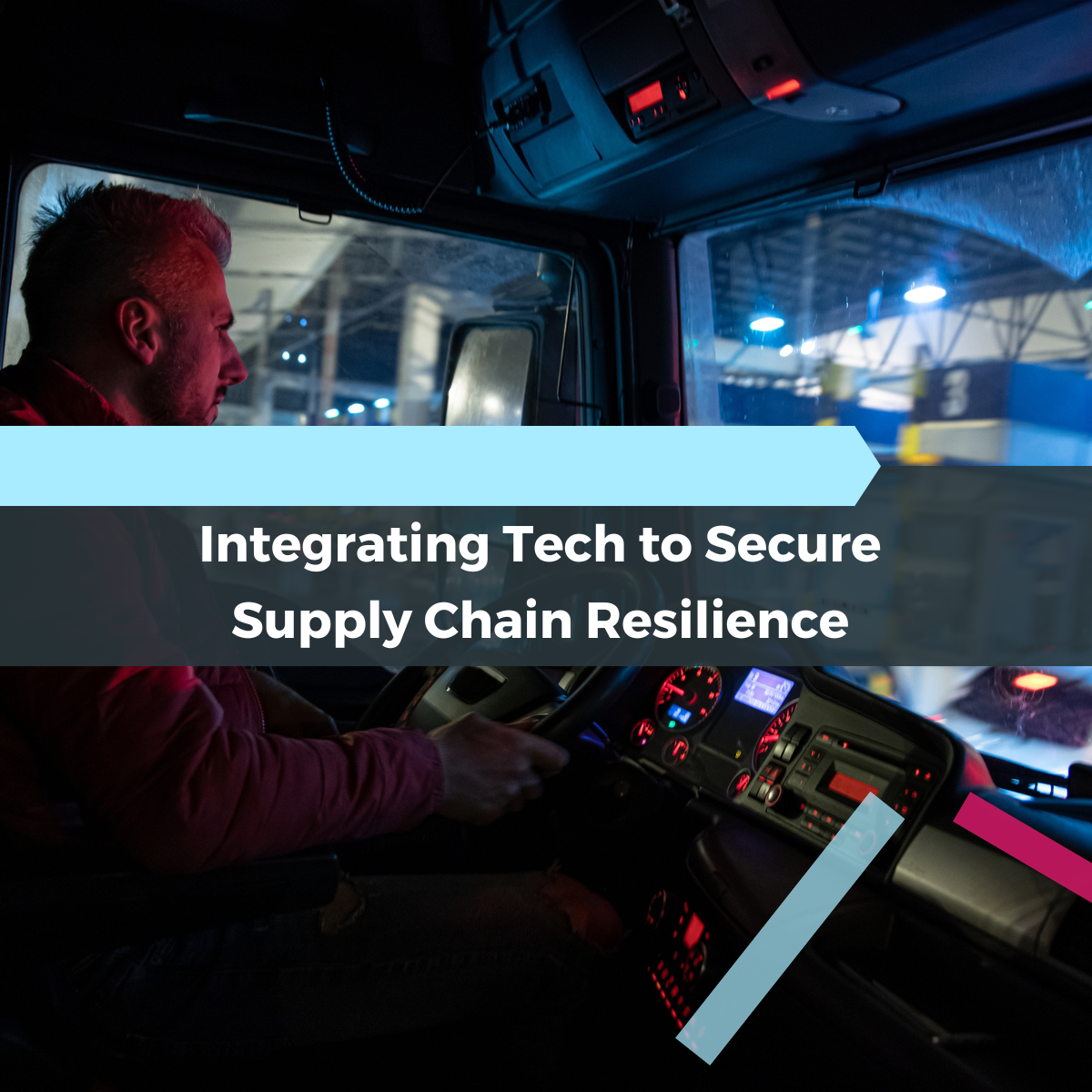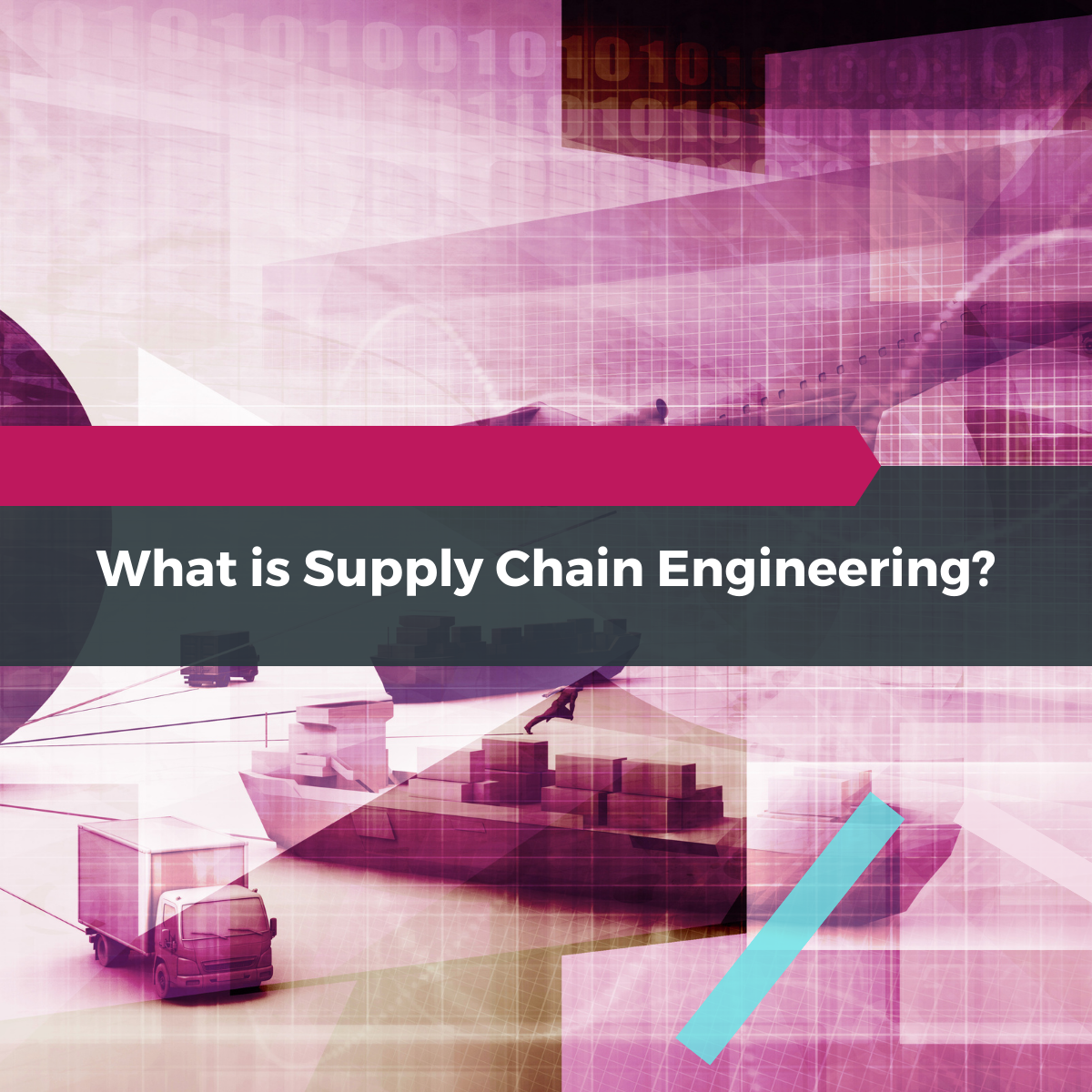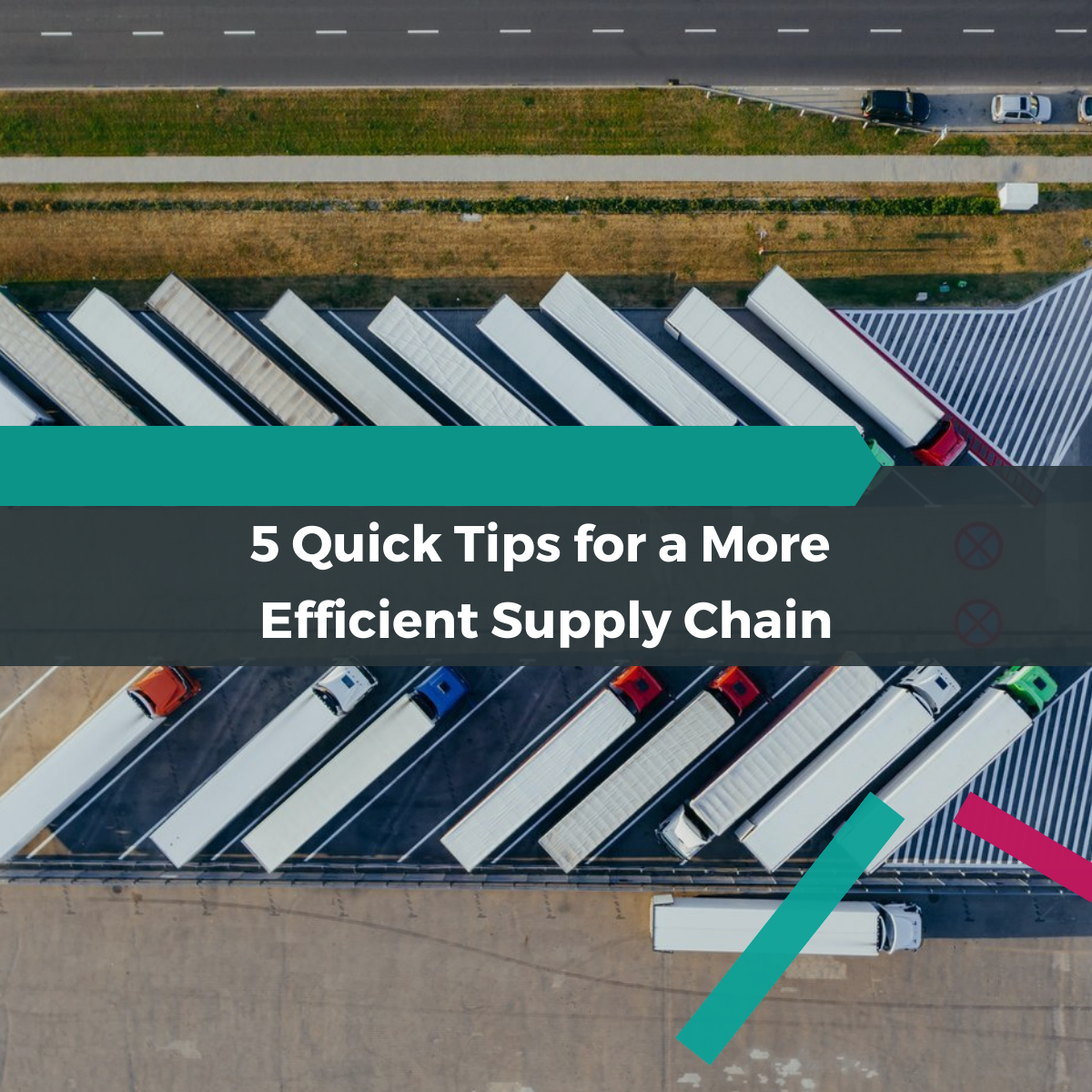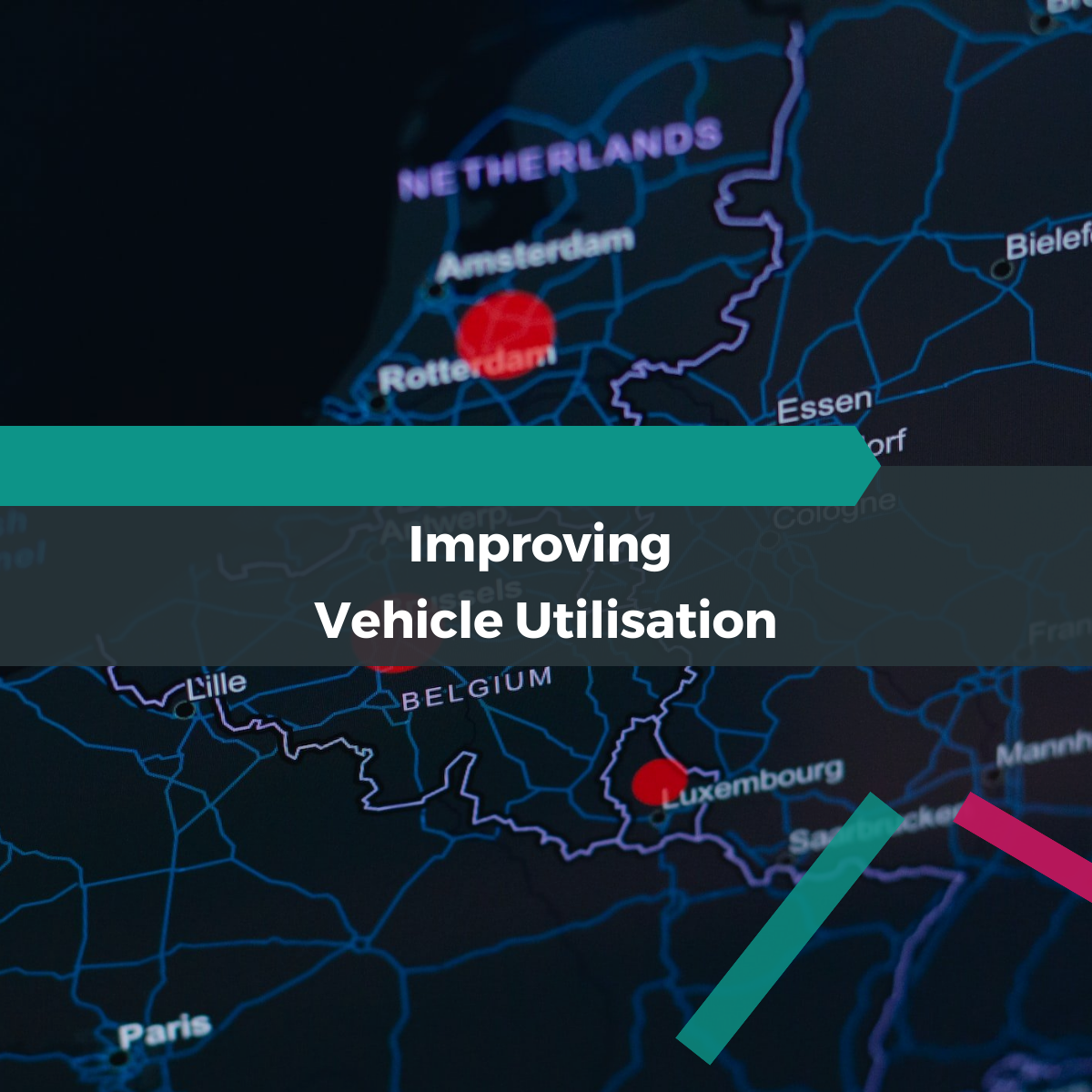What is Supply Chain Transparency? And How Can You Achieve It?

What is supply chain transparency? Isn’t it just the same as visibility?
Supply chain visibility describes a company's ability to track the movement of goods throughout the entire supply chain, from raw materials to finished products through reliable data. Supply chain transparency is the ability to communicate that information back to internal and external stakeholders.
Despite often being used interchangeably, transparency and visibility are quite different. Transparency relies on having visibility; where visibility is your ability to see your data, transparency is the ability to share that data.
Supply chain transparency allows stakeholders access to detailed information regarding a product's entire journey, including,
its origins,
production, and
distribution processes.
It involves the sharing of comprehensive and understandable data on areas such as social, environmental and ethical aspects, empowering stakeholders to make more informed decisions.
Transparency within a supply chain is critical as consumers over the last decade have deepened their interest in how the products they use and consume are getting to them.
Transparency fosters trust, ethical and sustainable business practices, among other things, however, the degree of transparency within a supply chain can vary greatly, but why?
Why don’t all supply chains have transparency?
In our ever-interconnected and globalised world, supply chains have become intricate networks that span continents, linking manufacturers, suppliers and consumers.
There are numerous parties operating within this complex web, many of which are operating to achieve different business goals so, full supply chain transparency can become difficult.
Some could also say supply chains were simply not set up for transparency. Understanding and gathering information about what is happening at a supplier, manufacturer, or any level gets extremely difficult with so many players.
This segue’s to the overwhelming fact of limited visibility within many supply chains and as we said previously, you can’t have transparency without having visibility. You can’t share information that you don’t have or can’t make sense of.
There is also the foreboding idea that oversharing will be a competitive disadvantage or leave a company open to critique.
So, how can we benefit from supply chain transparency?
Enhanced stakeholder trust: Transparency builds trust among consumers, investors, and business partners. By providing clear and reliable information, organisations demonstrate their commitment to company values and goals which fosters long-term relationships based on trust and loyalty.
Reliance and risk mitigation: Providing a clear understanding of potential issues allows proactive rather than reactive measures to be put in place. This can increase reliability and minimise the likelihood of costly operational disruptions.
Sustainable practices: Transparency is an enabler for sustainable practices, it pushes accountability which is a driver for change. By having a clear understanding of the entire supply chain from raw material sourcing to end-product delivery, a company can identify areas where environmental impacts can be minimised. Transparency enables informed decisions about sustainable practices leading to reduced carbon emissions and better resource management.
Competitive advantage: Supply chain transparency not only enhances a company's reputation and brand image but also helps meet the increasing consumer demand for sustainable and socially responsible products, leading to improved customer loyalty and competitive advantage in the marketplace and among stakeholders.
Attract and retain high-quality talent: Demonstrating the company's commitment to ethical practices, sustainability, and social responsibility, allows potential employees to align their values with the company's values and fosters a sense of purpose and engagement among existing employees.
How do I achieve supply chain transparency?
Investing in data management tools and software that allows you to collect, analyse and consolidate accurate data is key. Taking the steps to achieve supply chain visibility creates supply chains that are streamlined, resilient and enable transparency.
Establishing clear communication channels between suppliers allows continuous information sharing and ensures all information is the most up-to-date and accurate. It ensures all areas from ordering to production and distribution run smoothly and unified rather than fragmented.
Cooperation among supply chain players is essential in attaining supply chain transparency. Creating open communication channels and sharing relevant information is a proactive approach that enables enhanced visibility, trust, and sustainability throughout the entire supply chain network.
Engaging employees at all levels is required to have a transparent operation. Training programs to educate employees on the importance of transparency, ethical practices and their role in maintaining supply chain integrity can ensure complete transparency from the bottom all the way up.
Embrace continuous improvement as the journey to supply chain transparency is ongoing, regular reviews and enhancement of practices, leveraging feedback and implementing tech advancements all contribute towards this. Continuously monitoring and evaluating the effectiveness of transparency initiatives to adapt to changing circumstances and emerging risks.
































